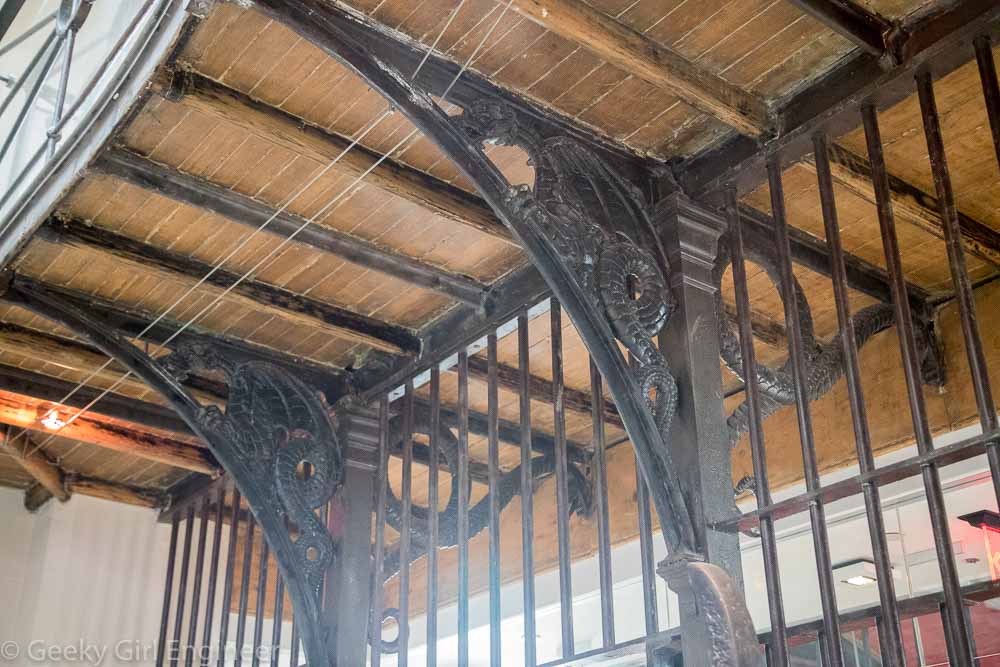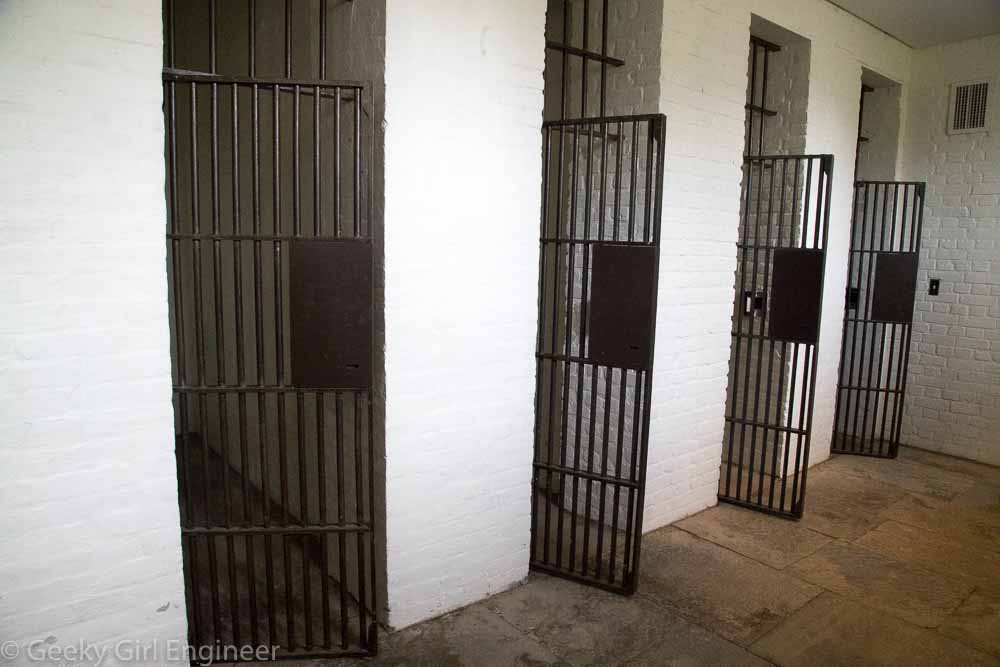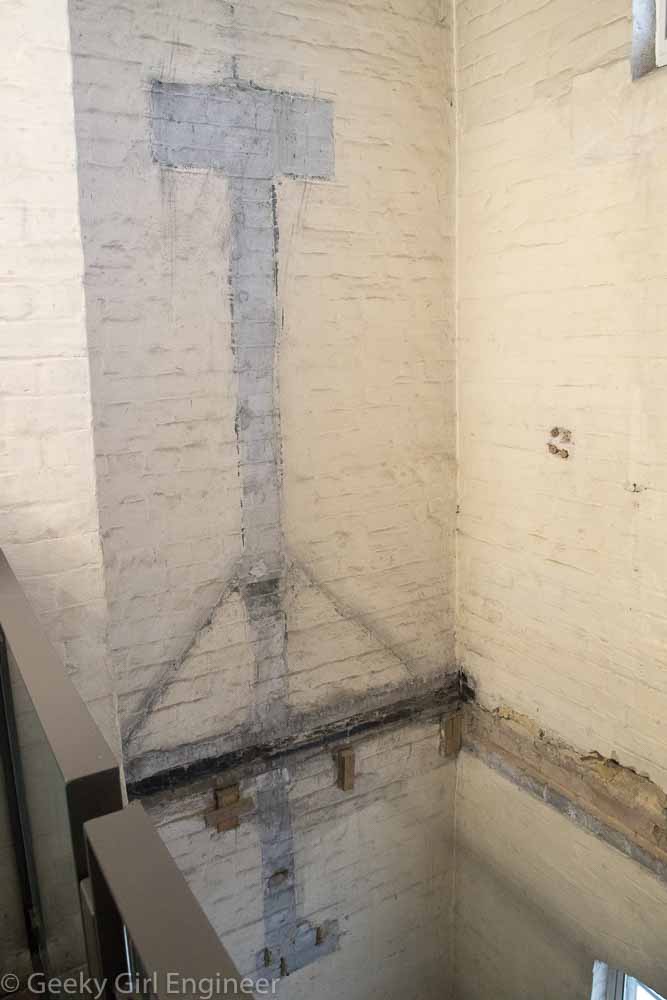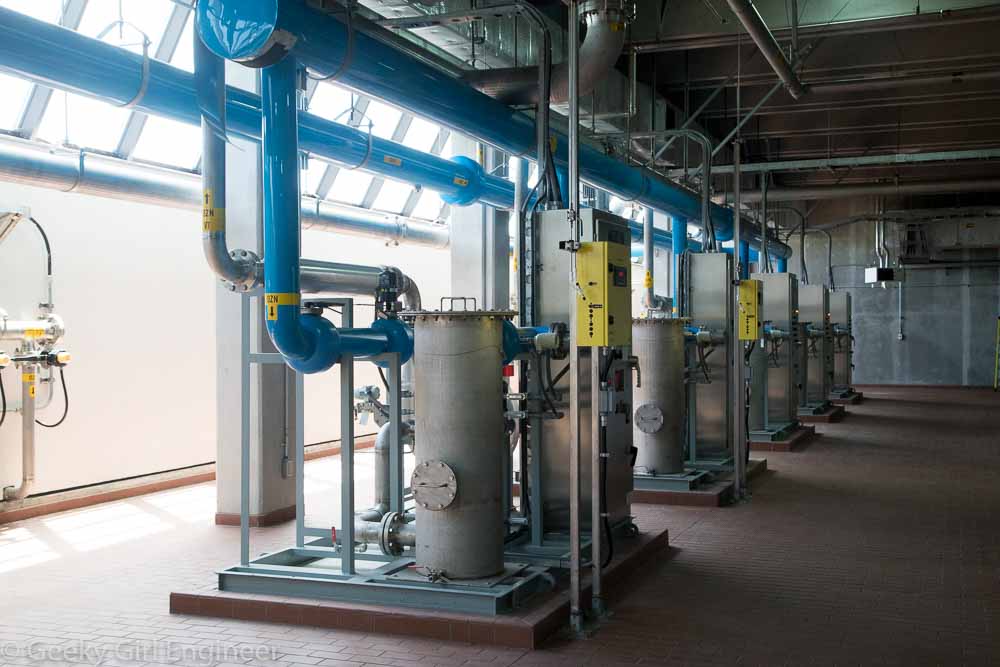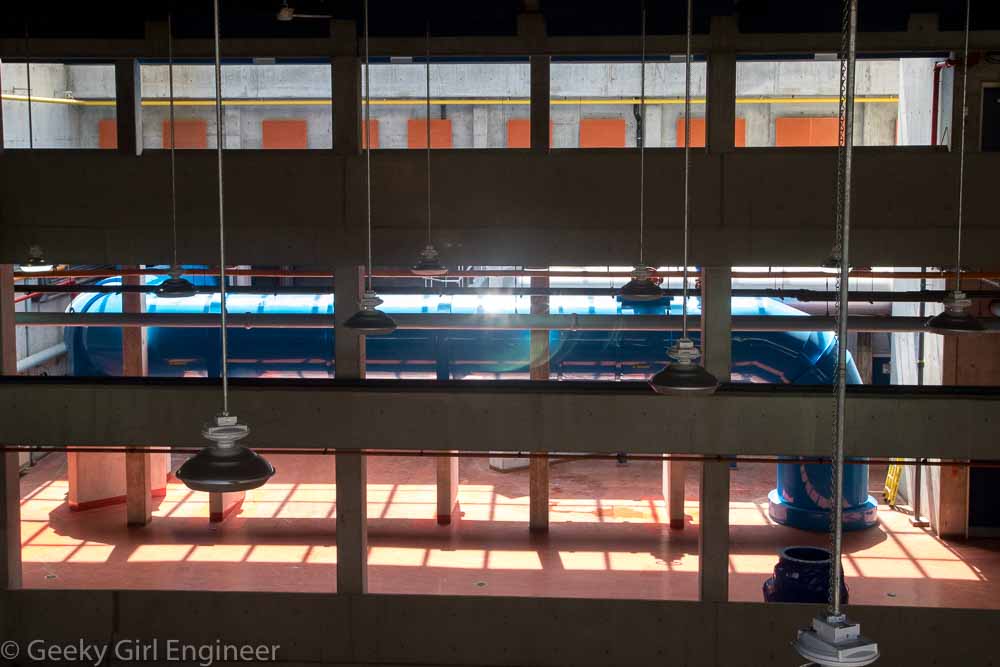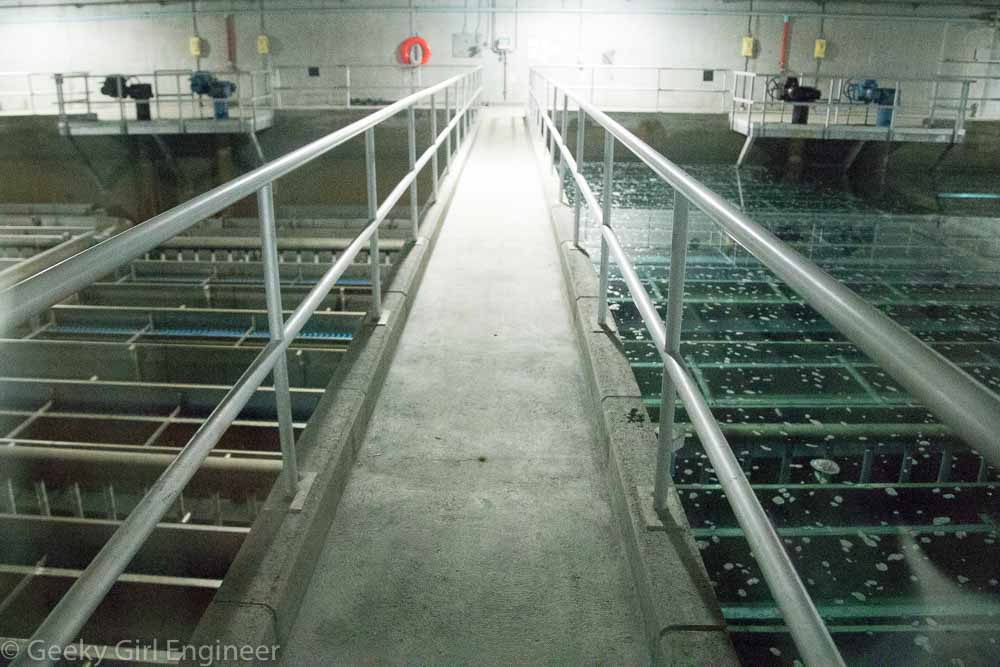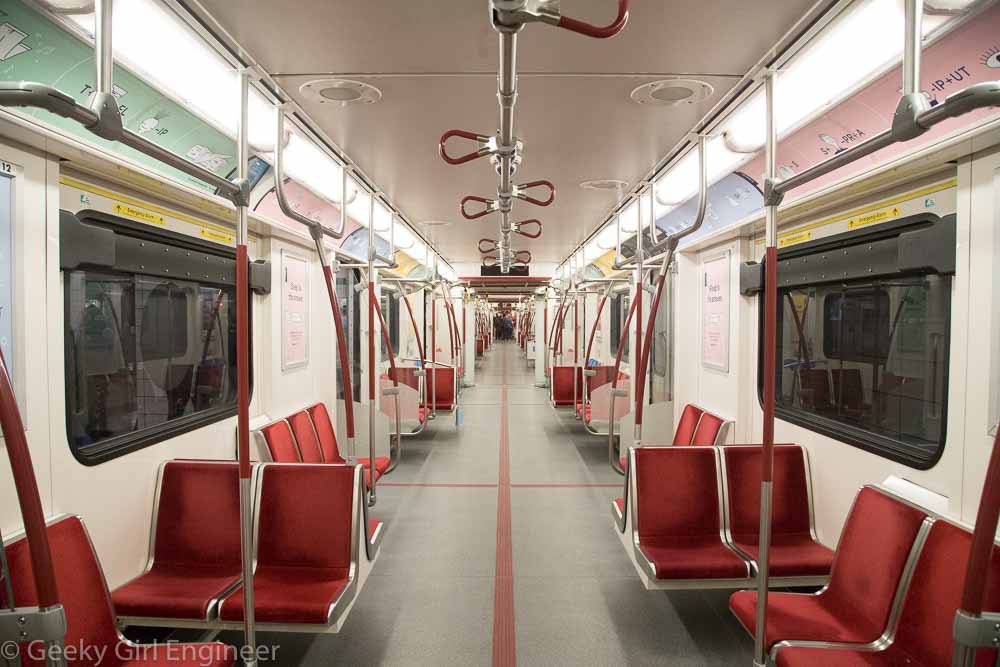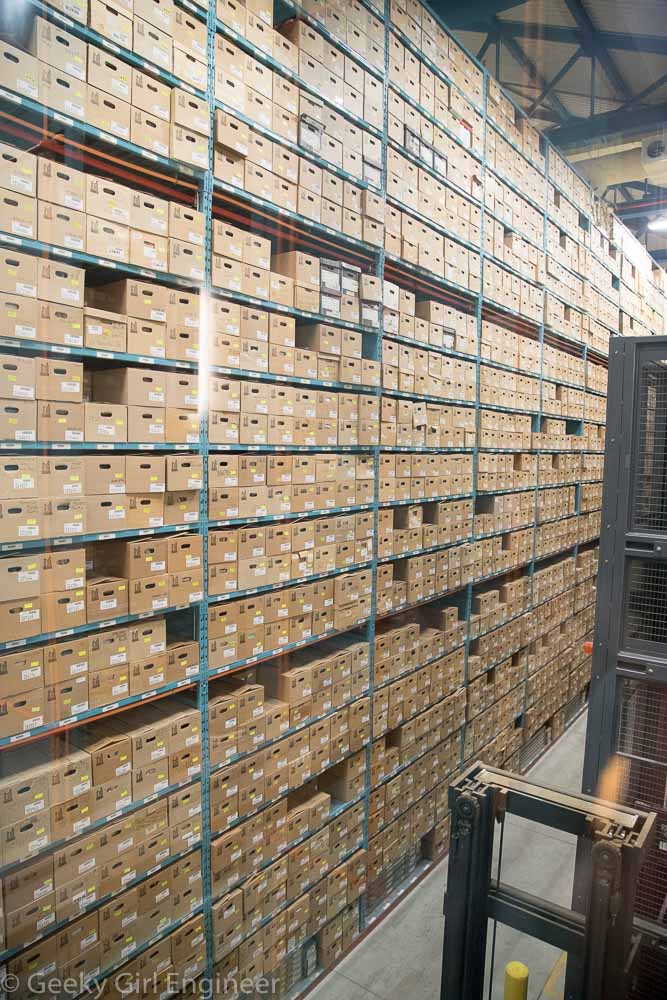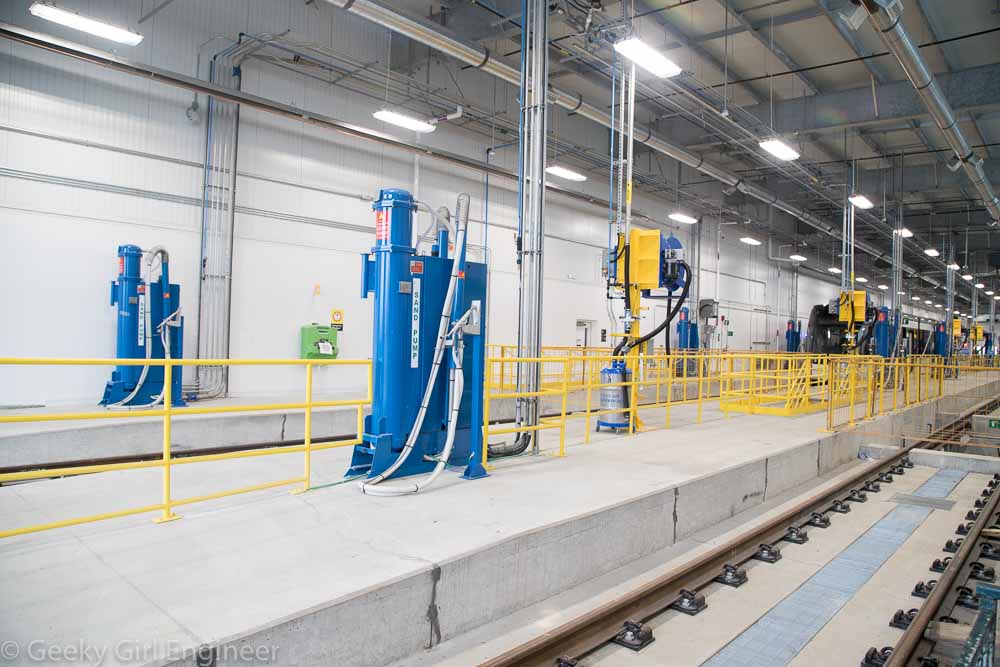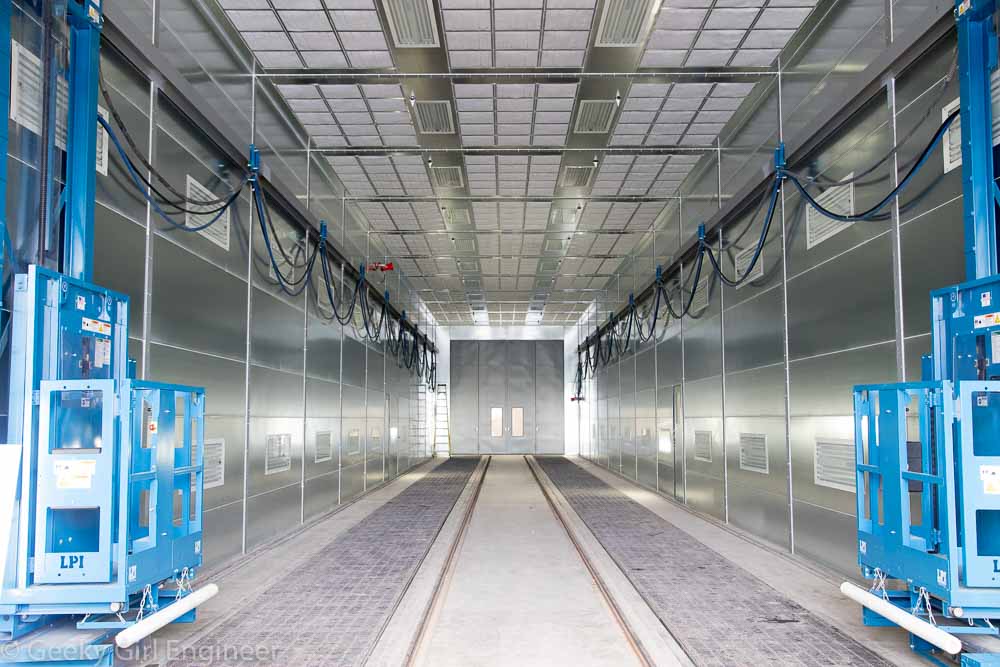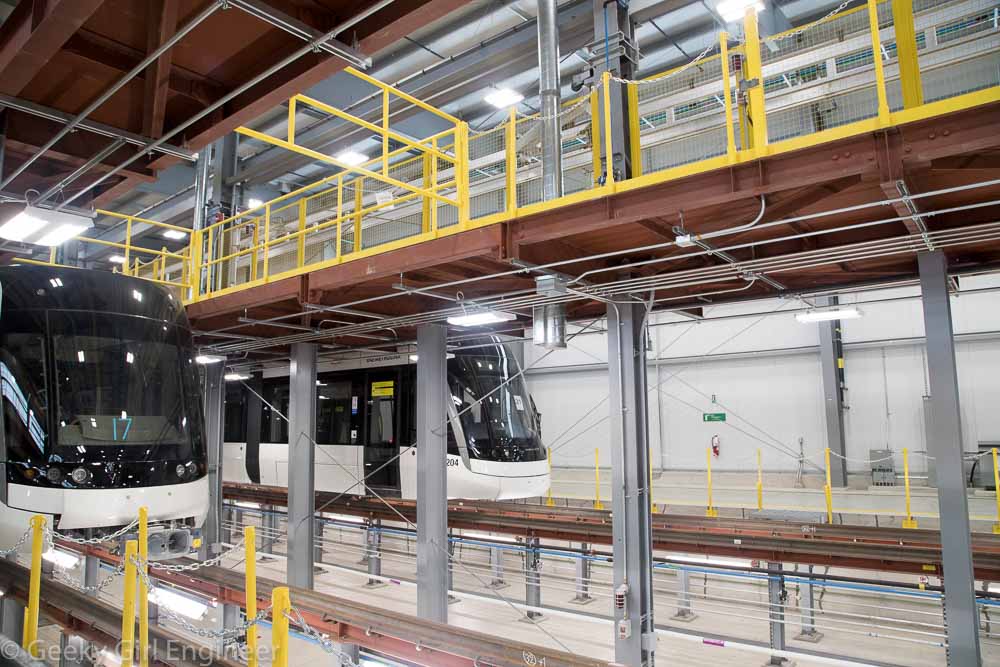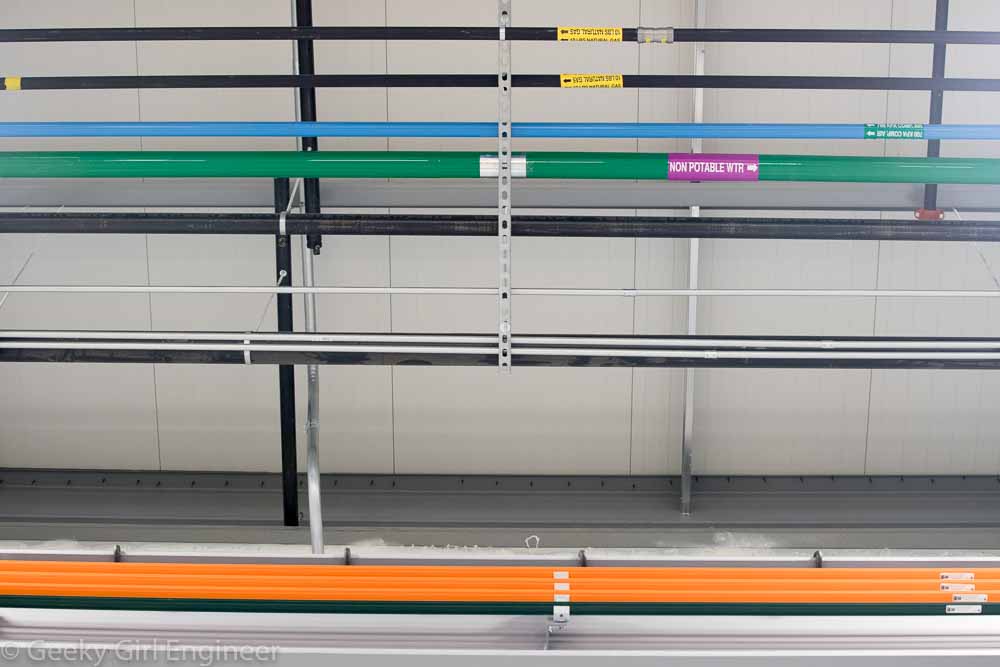One of the buildings open for Doors Open Toronto was the historic Don Jail, which now houses Bridgepoint Active Healthcare Administration Building. The jail was built between 1800-1866 and closed in 1977. I have not toured that many old jails, but this building has ornamentation that I honestly did not think would ever be in a jail. It was built as a reform jail, and evidently sunlight was part of that idea. The cells, or at least the doorways I could see, were still pretty darn tiny though. Architecturally, it is something to behold.
After it closed, the jail evidently sat unused for a while because really, what do you do with an old jail? Bridgepoint purchased it to turn it into an administrative building next to their hospital. They preserved its historic elements. It does seem like some of the offices must be nice, but I can’t imagine working in an old jail no matter how many fresh coats of paint are put on it. There is even a closed off area, which was open for photos, where the gallows were. The are offices across the hall for the gallows room. I really don’t think I could work on that hallway.




